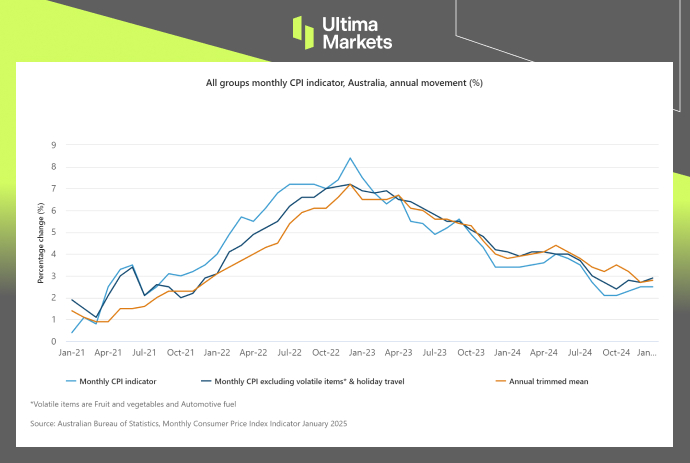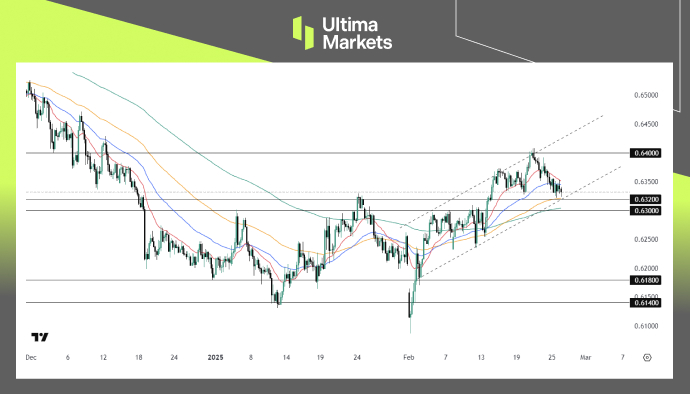
Ultima Markets App
Trade Anytime, Anywhere
Important Information
This website is managed by Ultima Markets’ international entities, and it’s important to emphasise that they are not subject to regulation by the FCA in the UK. Therefore, you must understand that you will not have the FCA’s protection when investing through this website – for example:
- You will not be guaranteed Negative Balance Protection
- You will not be protected by FCA’s leverage restrictions
- You will not have the right to settle disputes via the Financial Ombudsman Service (FOS)
- You will not be protected by Financial Services Compensation Scheme (FSCS)
- Any monies deposited will not be afforded the protection required under the FCA Client Assets Sourcebook. The level of protection for your funds will be determined by the regulations of the relevant local regulator.
Note: Ultima Markets is currently developing a dedicated website for UK clients and expects to onboard UK clients under FCA regulations in 2026.
If you would like to proceed and visit this website, you acknowledge and confirm the following:
- 1.The website is owned by Ultima Markets’ international entities and not by Ultima Markets UK Ltd, which is regulated by the FCA.
- 2.Ultima Markets Limited, or any of the Ultima Markets international entities, are neither based in the UK nor licensed by the FCA.
- 3.You are accessing the website at your own initiative and have not been solicited by Ultima Markets Limited in any way.
- 4.Investing through this website does not grant you the protections provided by the FCA.
- 5.Should you choose to invest through this website or with any of the international Ultima Markets entities, you will be subject to the rules and regulations of the relevant international regulatory authorities, not the FCA.
Ultima Markets wants to make it clear that we are duly licensed and authorised to offer the services and financial derivative products listed on our website. Individuals accessing this website and registering a trading account do so entirely of their own volition and without prior solicitation.
By confirming your decision to proceed with entering the website, you hereby affirm that this decision was solely initiated by you, and no solicitation has been made by any Ultima Markets entity.
I confirm my intention to proceed and enter this website Please direct me to the website operated by Ultima Markets , regulated by the FCA in the United KingdomAustralia’s Monthly CPI Holds at 4-Month High
Australian CPI Data Overview
The latest Australian Monthly CPI data released today showed a 2.5% year-on-year increase in January 2025, unchanged from the previous month and slightly below market expectations of 2.6%. This keeps Australia’s inflation rate at a four-month high.
Excluding volatile items such as food and energy, core CPI rose by 2.9%, marking the highest level in five months following a 2.7% increase in December. Meanwhile, the trimmed mean CPI, an alternative measure of underlying inflation that smooths out irregular or temporary price fluctuations, came in at 2.8% in January, up from 2.7% in December.

(Australia Monthly CPI Chart; Source: Australia Bureau of Statistics)
RBA Outlook: What’s Next?
While the latest CPI data does not provide a strong case for increasing bets on RBA rate cuts, the steady inflation—without significant acceleration or slowdown—reinforces the Reserve Bank of Australia’s (RBA) cautious stance from its February meeting.
The CPI figures largely align with the RBA’s inflation forecast trajectory, suggesting that the central bank will likely remain on hold, carefully assessing upcoming data and external risks before making further policy adjustments.
During its February meeting, the RBA stated that:
- “Do not expect further rate cuts” after delivering its first cut
- Emphasizing the need to evaluate further economic data before taking action.
The market currently anticipates that the RBA’s second rate cut will only come in mid-2025, likely after the Q1 2025 inflation data release on April 30.
Technical Outlook on AUDUSD
The Aussie dollar saw little reaction to the CPI release, as minimal inflation changes failed to drive major moves. In the near term, AUD remains driven by USD strength and market sentiment.
Uncertainty over Trump’s trade policies has weighed on risk-sensitive currencies like the AUD, NZD, and CAD, limiting upside potential.

(AUD/USD, H4: Chart Analysis; Source: Trading View)
Technically, AUD/USD remains in an uptrend after breaking above 0.6320. As long as this support holds, the pair may continue its bullish trajectory, supported by a weaker USD.
A break below 0.6320 or a US Dollar rebound could shift momentum, but otherwise, AUD/USD may target 0.6400 in the near term.
Disclaimer
Comments, news, research, analysis, price, and all information contained in the article only serve as general information for readers and do not suggest any advice. Ultima Markets has taken reasonable measures to provide up-to-date information, but cannot guarantee accuracy, and may modify without notice. Ultima Markets will not be responsible for any loss incurred due to the application of the information provided.
Why Trade Metals & Commodities with Ultima Markets?
Ultima Markets provides the foremost competitive cost and exchange environment for prevalent commodities worldwide.
Start TradingMonitoring the market on the go
Markets are susceptible to changes in supply and demand
Attractive to investors only interested in price speculation
Deep and diverse liquidity with no hidden fees
No dealing desk and no requotes
Fast execution via Equinix NY4 server








